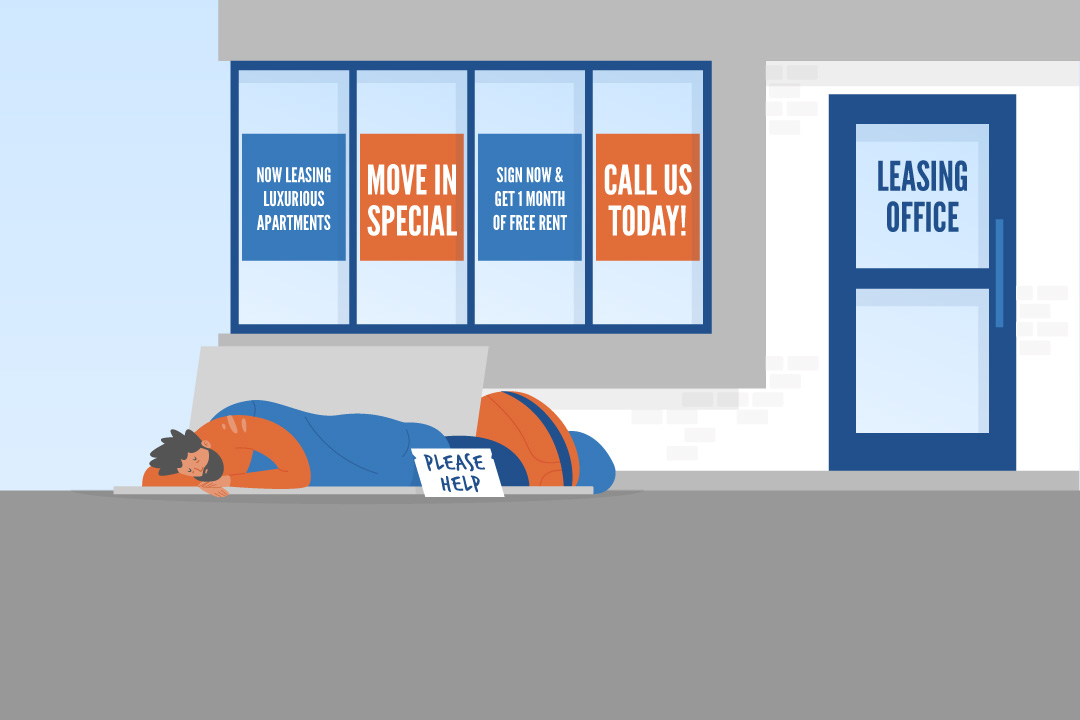StraightEdge
SENIOR MEMBER

- Joined
- Jan 21, 2021
- Messages
- 2,262
- Reaction score
- -6
- Country
- Location
Follow along with the video below to see how to install our site as a web app on your home screen.
Note: This feature may not be available in some browsers.




Try communism.Here is the reality of homelessness in the US.

Vacant Homes vs. Homelessness In the U.S. - United Way NCA
Despite how many homes are in the U.S., many of which are vacant, unhoused populations continue to grow. See which cities have the highest disparity here.unitedwaynca.org
KEY FINDINGS
- Over 580,000 Americans are experiencing homelessness. There are currently 28 vacant homes for every one person experiencing homelessness in the U.S.
- While cities like New York City, Los Angeles and Seattle have some of the largest unhoused populations in the country, Detroit has the most vacant homes per unhoused person–116 empty homes per unhoused person.
- Syracuse, New York has the second-most vacant homes per unhoused person–110 vacant homes per unhoused person.
- San Jose, California has the highest population of Gen-Z youth experiencing homelessness with nearly 85 unhoused Gen-Zers for every 100,000 residents.
- Pacific Islander and Black Americans are the populations most at risk to experience homelessness.
Basically, there are actually more homes than homeless people. The cause, at least for the visual aspect of the issue, came from local city policies. If we take 1/2 off the available homes because of prices, then we must also remove 1/2 of the homeless because of mental health issues. But no matter what, it still comes down to local city leadership.

Your China did, and looked what happened...Try communism.

